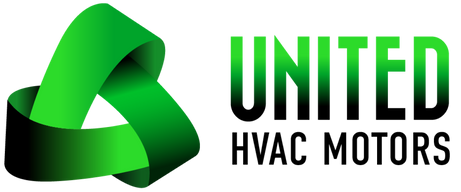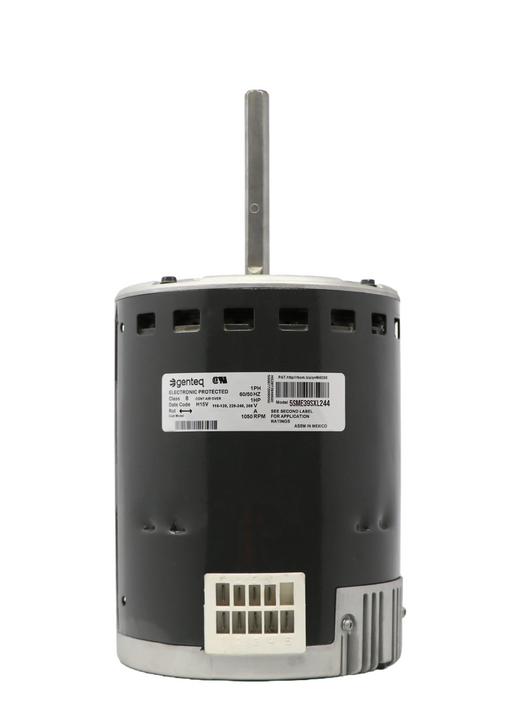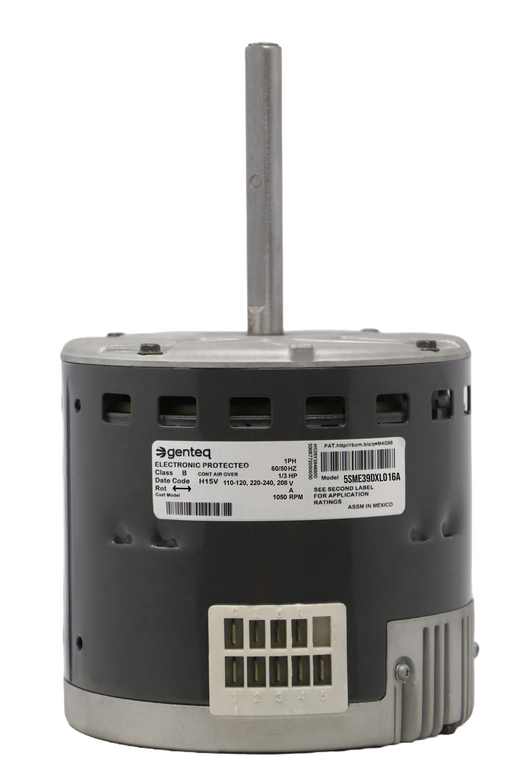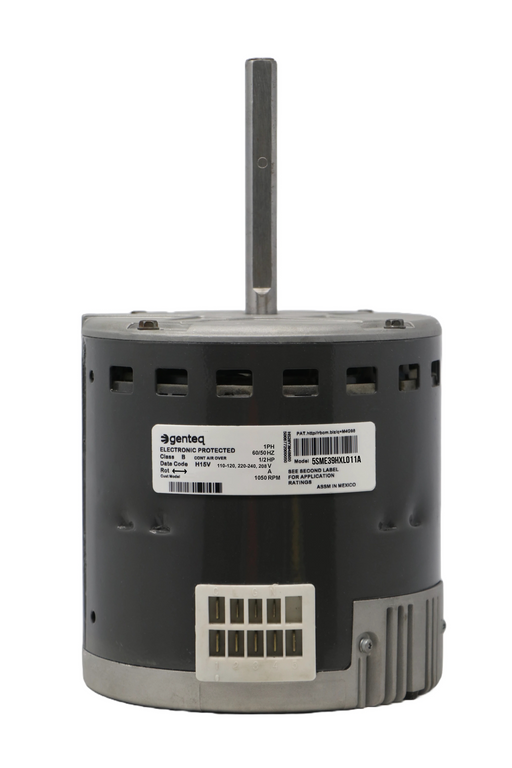(813) 440-8108

How to Test HVAC Blower Motor with a Multimeter: A Comprehensive Guide
Testing an HVAC blower motor is crucial to ensure your system runs efficiently. Using a multimeter, a versatile diagnostic tool, you can determine whether the blower motor is functioning properly or if it needs repair or replacement. Understanding this process can save you time and money by allowing you to diagnose issues early.
In this article, we will walk you through the steps to test your HVAC blower motor with a multimeter. We'll cover the tools you need, safety precautions, and detailed instructions for performing the test. This guide is designed to help both DIY enthusiasts and professionals.
👉🏻 Read More: How to Clean HVAC Blower Motor
Tools and Materials Needed
- Multimeter
- Screwdriver set
- Insulated gloves
- Safety goggles
- User manual of the HVAC system
Safety Precautions
Before beginning, ensure that the power to the HVAC system is turned off at the circuit breaker. Wear insulated gloves and safety goggles to protect yourself from electrical shocks and debris. Refer to the user manual for specific safety instructions related to your HVAC unit.
Remanufactured Motor by United HVAC Motors
2 Year Replacement Warranty (Terms Apply)
Plug n Play - 100% Programmed
Match your Motor Model N...
Remanufactured Motor by United HVAC Motors
2 Year Replacement Warranty (Terms Apply)
Plug n Play - 100% Programmed
Match your Motor Model N...
5SME39SXL224 GE Genteq Blower Motor ECM X13 1 HP
5SME39HXL164 GE Genteq Blower Motor ECM X13 1/2 HP
Step-by-Step Guide
Step 1: Access the Blower Motor
Locate the blower motor within your HVAC system. This is typically found behind the access panel. Use a screwdriver to remove the panel and expose the blower motor and its wiring.
Step 2: Set Up the Multimeter
Turn on your multimeter and set it to the appropriate setting. For testing the blower motor, you'll generally set it to measure resistance (ohms) and voltage. Refer to the multimeter's manual if you're unsure how to set it up.
Step 3: Test for Continuity
Disconnect the blower motor from its power source. Attach the multimeter probes to the motor terminals. A reading close to zero indicates good continuity, meaning the motor windings are intact. A reading of infinity suggests a break in the winding.
Step 4: Measure the Resistance
With the blower motor still disconnected, measure the resistance between the motor terminals. Compare the reading with the specifications provided in your HVAC system's manual. A significant deviation from the expected value indicates a problem with the motor windings.
Step 5: Test the Capacitor
The blower motor relies on a capacitor to start and run smoothly. Set your multimeter to measure capacitance and connect the probes to the capacitor terminals. A reading that matches the capacitor's rated value indicates it is functioning correctly. If the reading is off, the capacitor may need to be replaced.
Step 6: Check the Voltage Supply
Reconnect the blower motor and turn the power back on. Set the multimeter to measure AC voltage. Carefully measure the voltage at the motor terminals while the HVAC system is running. The reading should match the voltage specified in the manual. A significant discrepancy could indicate a problem with the power supply or control board.
👉🏻 Read More: Understanding Blower Motor Warranty: What You Need to Know
Common Issues and Troubleshooting
No Continuity
If the motor shows no continuity, it is likely faulty and needs replacement.
Incorrect Resistance
Resistance values outside the specified range indicate potential motor winding issues.
Faulty Capacitor
A capacitor not holding its charge will prevent the blower motor from starting or running efficiently.
Inconsistent Voltage
Voltage supply issues may stem from faulty wiring or control board problems.
👉🏻 Read More: Troubleshooting Your HVAC Blower Motor: Common Issues and Solutions
Conclusion
Regularly testing your HVAC blower motor with a multimeter ensures your system runs efficiently and prevents costly repairs. By following these steps, you can accurately diagnose and address issues with your blower motor.
If you suspect any issues with your HVAC blower motor, consider checking our range of remanufactured blower motors available on our website to find a reliable replacement.
5SME39DXL016A GE Genteq Blower Motor ECM X13 1/3 HP
Remanufactured Motor by United HVAC Motors 2 Year Replacement Warranty (Terms Apply) Plug n Play - 100% Programmed Match your Motor Model N...
View full details5SME39HXL011A GE Genteq Blower Motor ECM X13 1/2 HP
Remanufactured Motor by United HVAC Motors 2 Year Replacement Warranty (Terms Apply) Plug n Play - 100% Programmed Match your Motor Model N...
View full details






